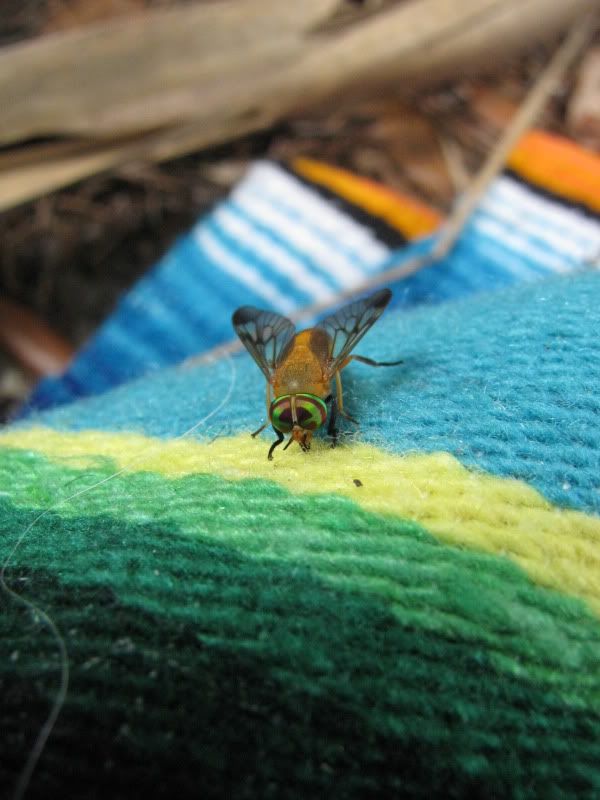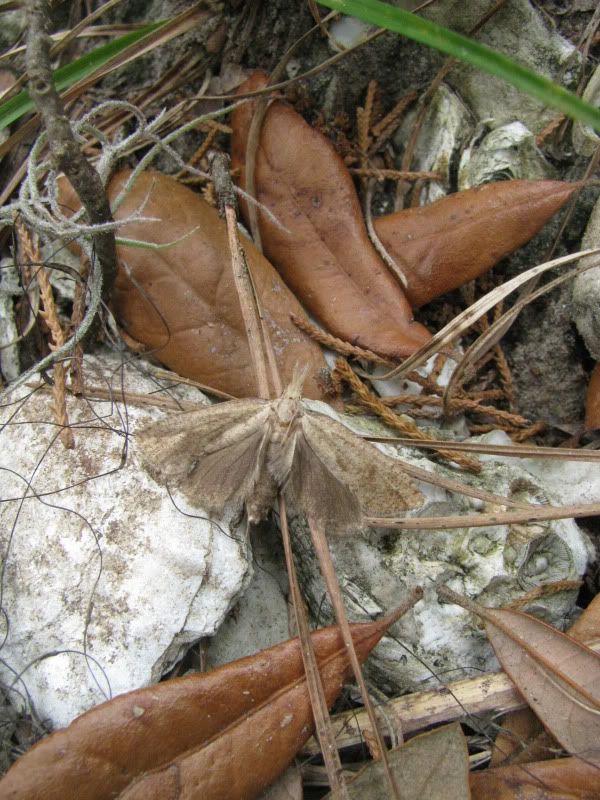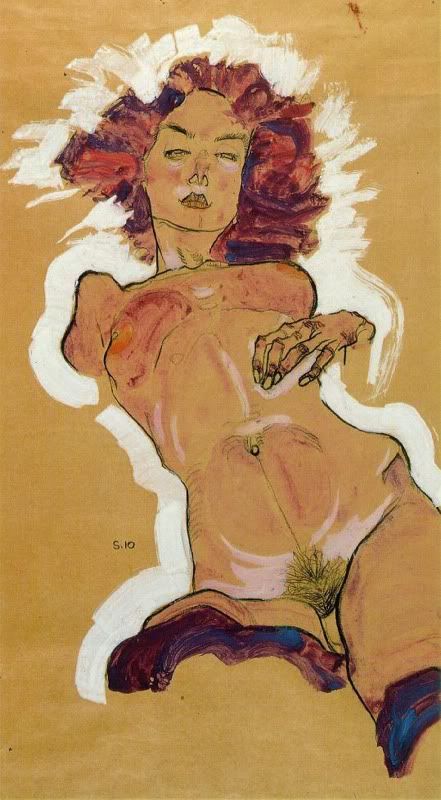I seriously almost cried I was so happy at some points.
So first. Listen to how beautiful...and really interesting..Does anyone know what kind of bird this is? He was pretty small.
I went to Skidaway to work on my 3d fibers final..to be amongst the inspiration that is contributing to my piece...trees...and their lovely skin.
When I first got out there I realized that it was going to be hot, I was wearing jeans, and I really wanted a ponytail to put what little hair I do somewhat kind of have that might possibly fit into a ponytail in the back of my head..into a ponytail...and I had none. None the less...I progressed.
THEN as I was walking I realized that I was getting swarmed by gnats, mosquitoes, and horseflies... So I thought to myself..."yeahhh I'm just going to walk the trail then go home to felt...no stopping." Oh, by the way I went down a new trail this time.
As I was walking I kept thinking that everything looked SOOOO amazing, and I was comparing it to the trail I had been down a few times. It reminded me of John Cage and the interview I saw where he spoke about how he'd like to experience everything new again... to basically erase memories so that he can see things fully and new and different every time he experiences them.
Anywho. I came to a fork. I could either go around the loop and back to the entrance to my car...go home away from the gnats and work on my final...ooooorrrr I could go see what they meant by "Earthworks" down the new trail I hadn't gone on.
I went the new direction.
Pretty soon after I turned down that way I came upon this small little opening off of the trail. It was right by a tree and it overlooked the marsh and some fallen dead trees. The breeze was perfect, it was shady, and...the gnats were gone!
It said to me. SIT!
So I did. I hung out with some new friends while I was there. But first I just want to say that I made myself the happiest person EVER. Shush that's not being conceded..people should make themselves happy.
So for my fibers final I'm making tree bark out of felt..but I don't necessarily have an end result planted in my head. The main focus of my piece is about the PROCESS and not the END PRODUCT. I want to PLAY. So I did. and I absolutely love that it does not, in any way, feel like homework. BUT what made me so happy is that while I was stacking the pieces of felt to make the tree bark I kind of WRINKLED one part of it AND OH MY GOODNESS I'M FELTING TREE WRINKLES!!!!!!!!!!! It's soooooo aweeesomeeeeee. I'm excited.
:) So mi amigos. I realized that if you name things that annoy you..or just things in general they become a lot more pleasant.
This is Henry.

He bit me on my foot twice. But then I caught on to his game. He though he was being stealthy by hanging out on my blanket for a while then slowly moving towards my foot. But I kept him in check.
Then there was Butch. He was a bigger horsefly. Bigger and LOUDER. He scared the piss out of me all day long. I almost needle felted my eye a few times. He pretty much followed me everywhere I went to. What a butthole.
There was also Horas. He was smaller and much more hyperactive... He may have been a gnat.
Sylvia Brown was a little golden sap colored spider who wanted to share a blanket with me. I didn't agree.
Thomas the beetle hung out for a little. He must have lived near the base of the tree I was by because he kept coming back and disappearing.
Martha flew by for about a minute.

Then there was the assembly of fiddler crabs conducting a silent orchestra.
All of these guys kept me company.
then.
Throughout all of this, past experiences, and what happened next, I realize that being still and almost silent in the forest will produce veryyyy interesting occurrences. A person will witness things that they may not have had the chance to do had they just kept walking. It reminds me that we need to be more patient with life...that good things will come to those who wait...however cliche' that may be.
Though.. this could have definitely NOT been a good thing.
I was hangin out, felting some skin and I heard something....every so slightly. I took a glance to my left to see this looong black sssssnake looking at me...looking at me...two yards away. We were on the same level! So I froze and thought..."camera?...no" Then I looked away and stayed still. Then I looked back at him, he hadn't moved. So I looked away again and stayed pretty still. Then as quickly as I could I got up and ran to the trail!
I eased my way back to where my things were ( I heard him slither away as I ran) and he was no where in sight. Soooo I sat back down. Looked around a bit really paranoid and I saw

this about 2 feet behind me. If a snake were a snake this would be his house. WHICH got me thinking. How do snakes dig their holes??? They don't have hands...do they drill it with their tails? I'm confused.
Anyway, so I convinced myself that he went into his hole and thought about staying to felt more..just facing the hole to watch him if he came out. Then I realized that this was all a bad idea so I packed up my things to leave. After everything was packed and I'm standing on the trail I look over to see

This guy, who I've now named Ronald, watching me. Insteaaaaad of heading back the opposite direction of me... because I really wanted to finish the loop I was on and because.... I wanted to get a better picture of him, I eased my way around and TADAH

Ronald is loooooooooooong. I think he's a black racer.
So by this point I'm reallly paranoid about everything that moves. But it was still a very pleasant walk. This new trail had A LOT of lizards. The ..tree? lizards. You know those green ones that turn brown sometimes? plus salamanders and then there was......
THIS BIG GUY!
I saw a few of him around but I wasn't able to get any good pictures. This one must have wanted to boast about his half eaten meal because he hung out for a good solid 30 seconds.

HE'S EATING HIS COUSIN!!!! He's a broad-headed skink! and apparently he can grow to be THIRTEEN INCHES LONG! ahh
I stood on that trail, with my mouth open...in shock...for a while.
Then I continued on. I discovered this toottalllyyy awesome gazebo thing that extended OUT INTO THE WATER! : 0
It was a good day.
it was a goooooooood dayyyy.
yyyyyyyyyyyyyyyyyyyyyyyyyay




